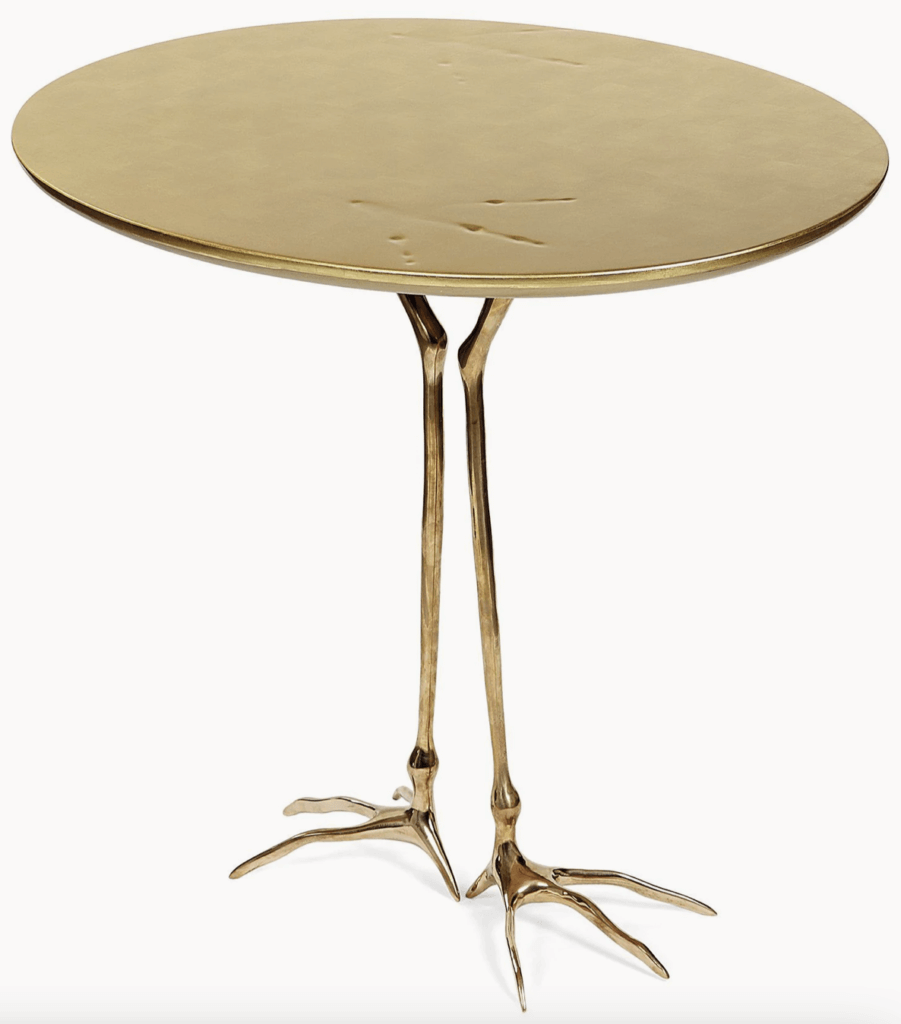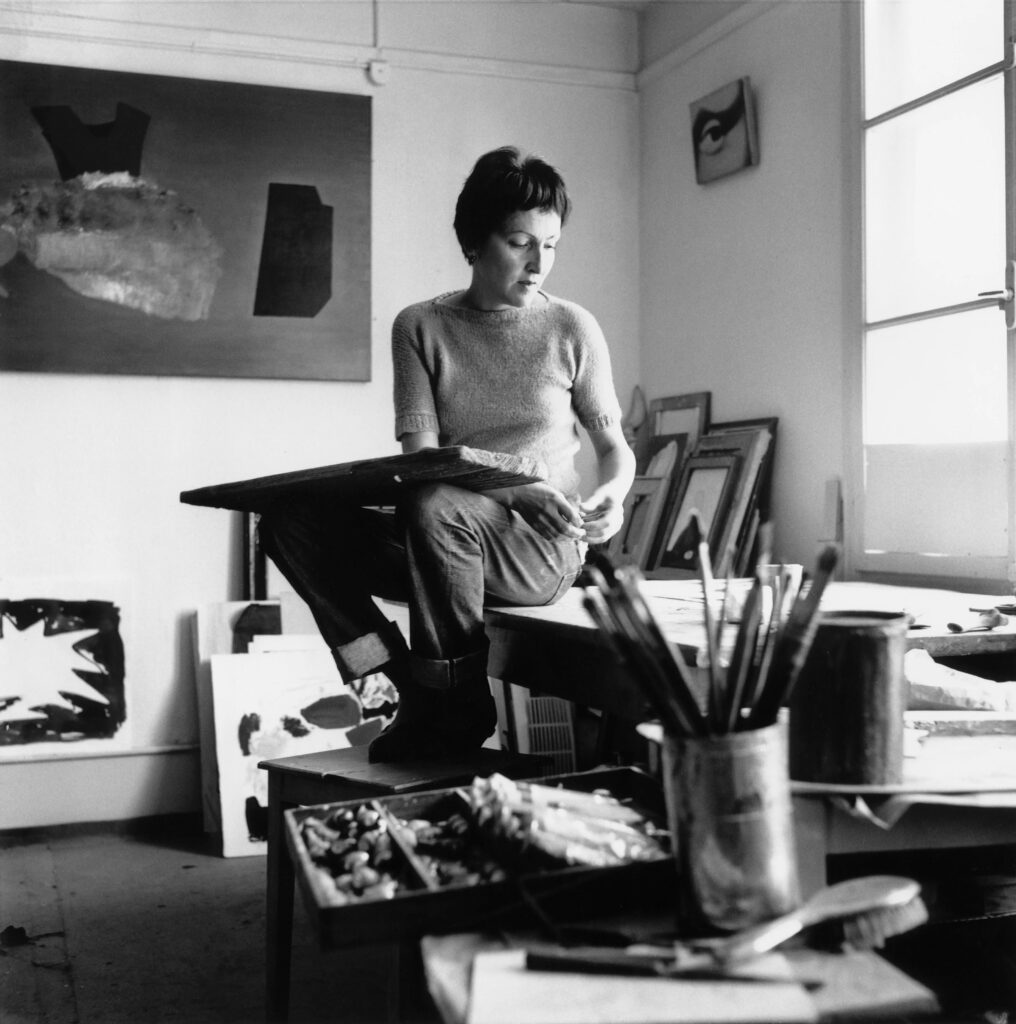Your currently viewing RAW Modern | Switch to RAW Contemporary
Traccia (Table with Bird's Feet) Cassina edition, 1973
Traccia (Table with Bird’s Feet) was first designed by Meret Oppenheim in 1939 for Leo Castelli’s avant-garde gallery in Paris, which sold paintings and furniture by Surrealist artists including Léonor Fini, Augene Berman, Max Ernst, and Salvador Dali. In 1971, the Italian designer Dino Gavina (1922-2007) launched what he called “l’opera d’arte funzionale”, or “functional artworks”, and in so doing inaugurated a new approach to furnishing where surreal objects were adapted for everyday use. This led to the creation of his Ultra Mobile Collection for Simon International Company (later merged with Cassina) and Traccia was one of the pieces selected. (Cassina still produces Traccia, fully respecting the original design).
Later, in 1983, in a limited edition of thirty under the artist’s supervision, Traccia was reproduced in conjunction with gallerist Thomas Levy, the tabletop being executed by Helmut Sasse, Hamburg, Germany.

